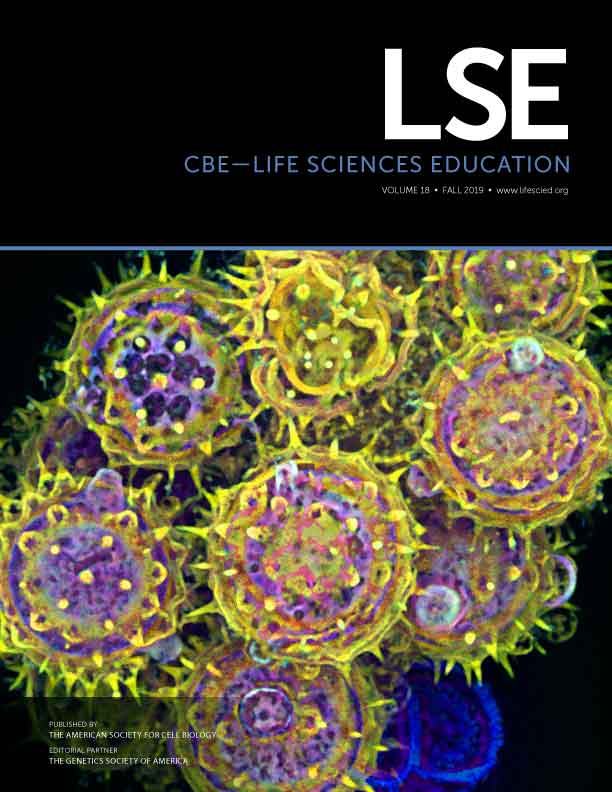Abstract
In a previous report, we validated that a cohort of first-year undergraduates who participated in a weeklong pre–college engagement STEM Academy (SA) program were retained in science, technology, engineering, and mathematics (STEM) at a higher rate than a matched comparison group (MCG). In addition, SA students yielded increases in science identity and sense of belonging to STEM and to the university. Here, we report the ability to scale the size of the SA program to accommodate more students and replicate the previous findings with two additional cohorts. Longitudinal analysis of the 2015 and 2016 program cohorts demonstrate that both groups were retained to STEM disciplines and the university at higher rates than a MCG. To assess what underlying psychological mechanisms lead to increases in science identity and university belonging, we tested three exploratory models. These models indicate that positive changes in university and STEM belonging indirectly predict an increase in science identity. Further, positive changes in perceived family support indirectly predict increases in university belonging. Thus, through the evaluation of three different cohorts, we found robust evidence that the SA program increases sense of belonging and science identity, and these attitudinal changes promote undergraduate persistence in STEM.



